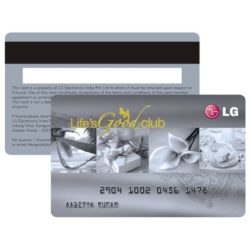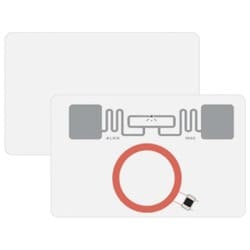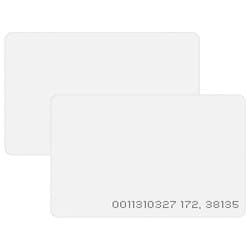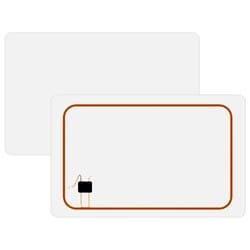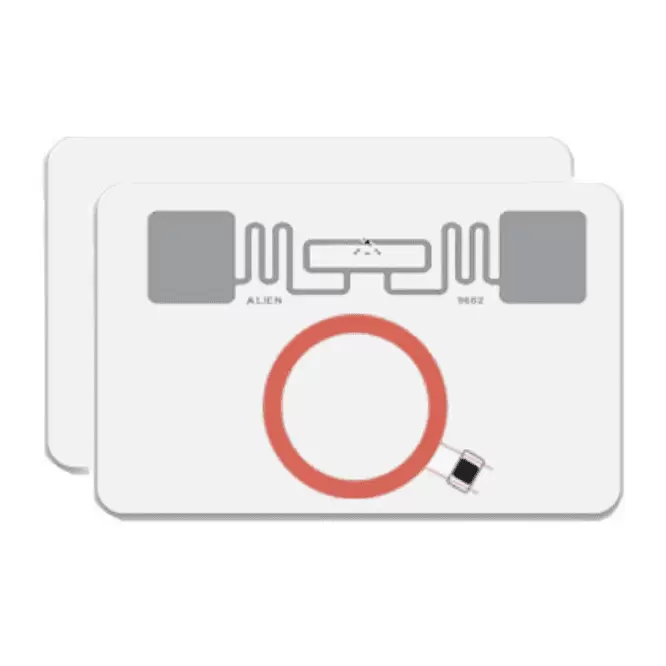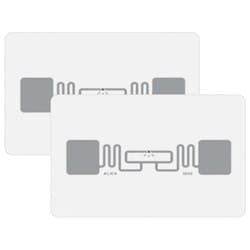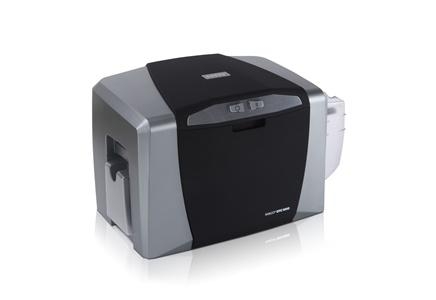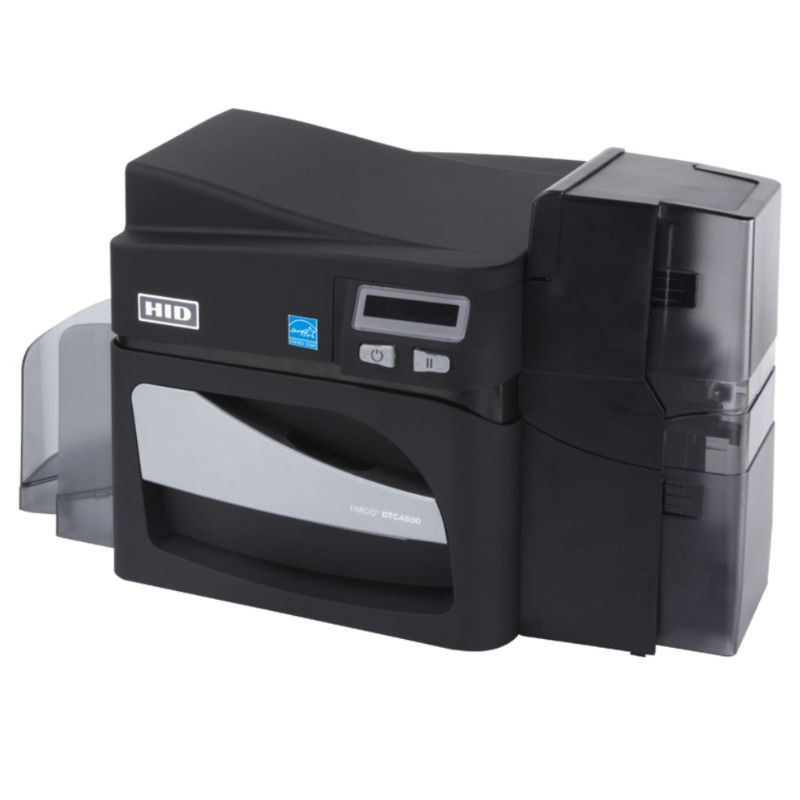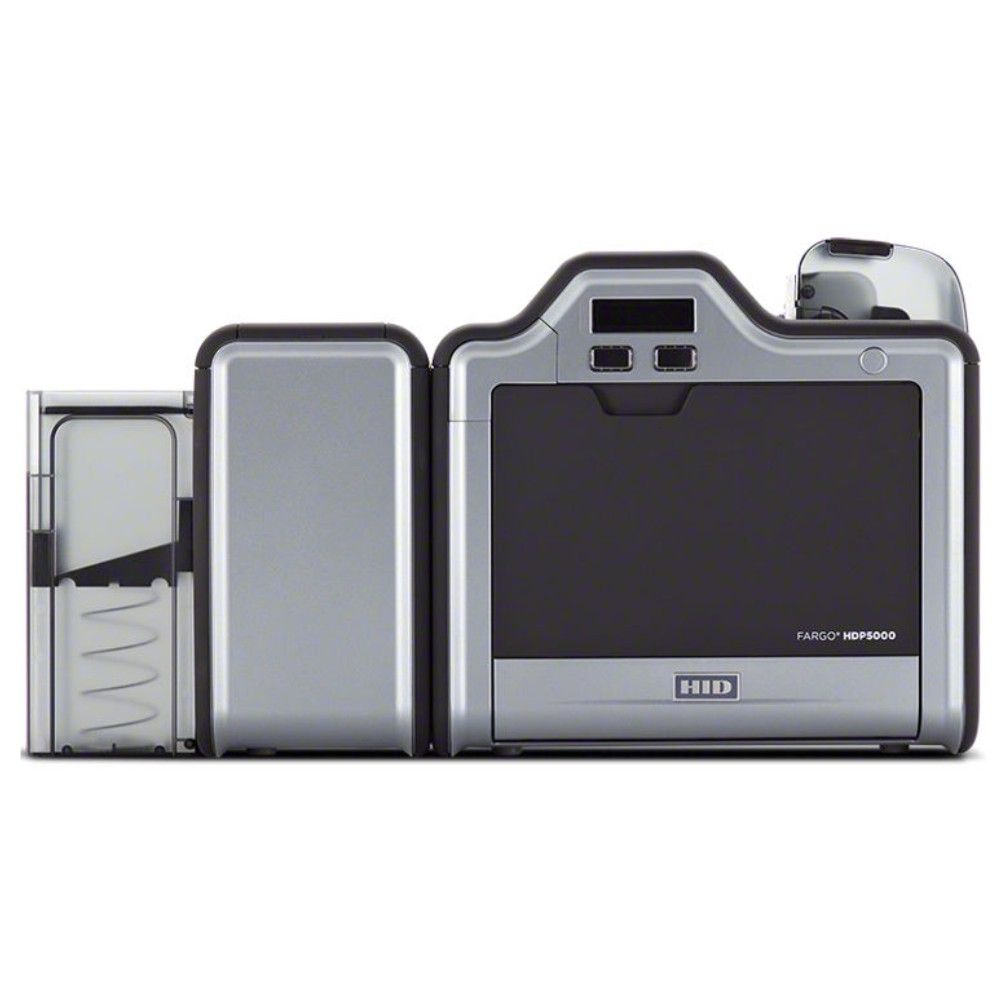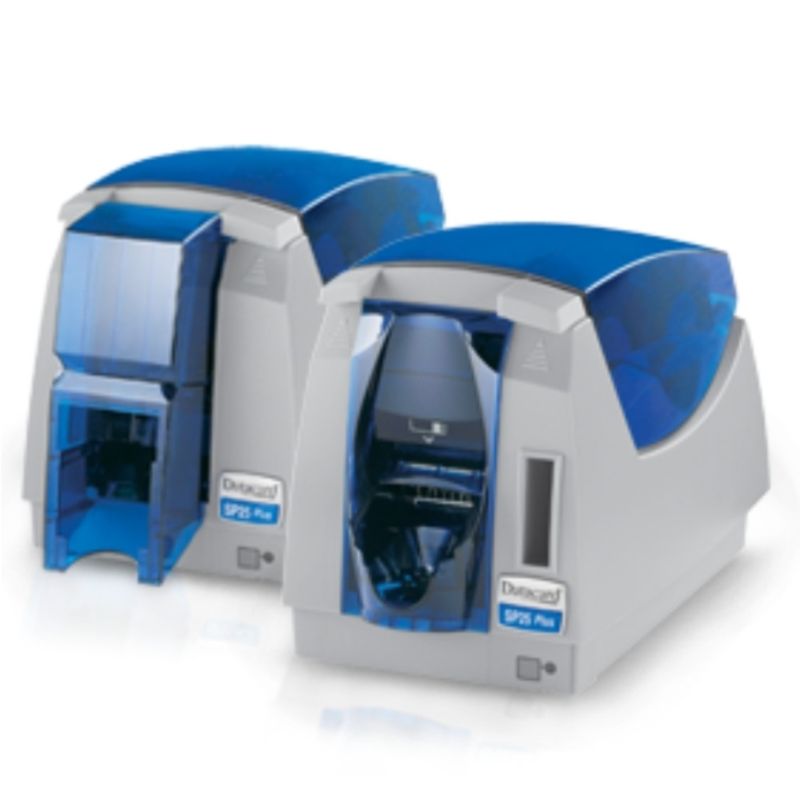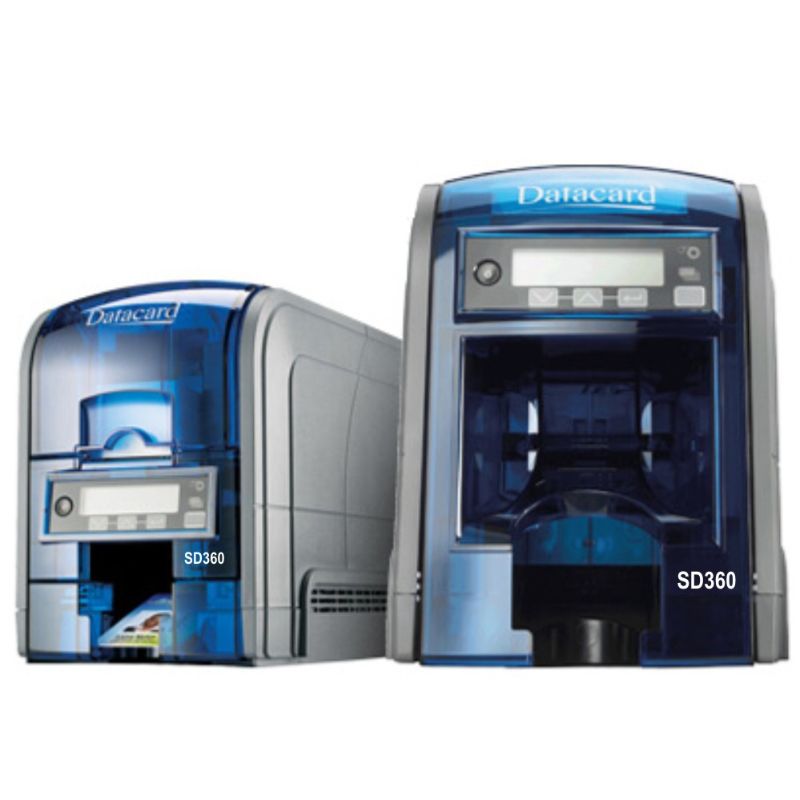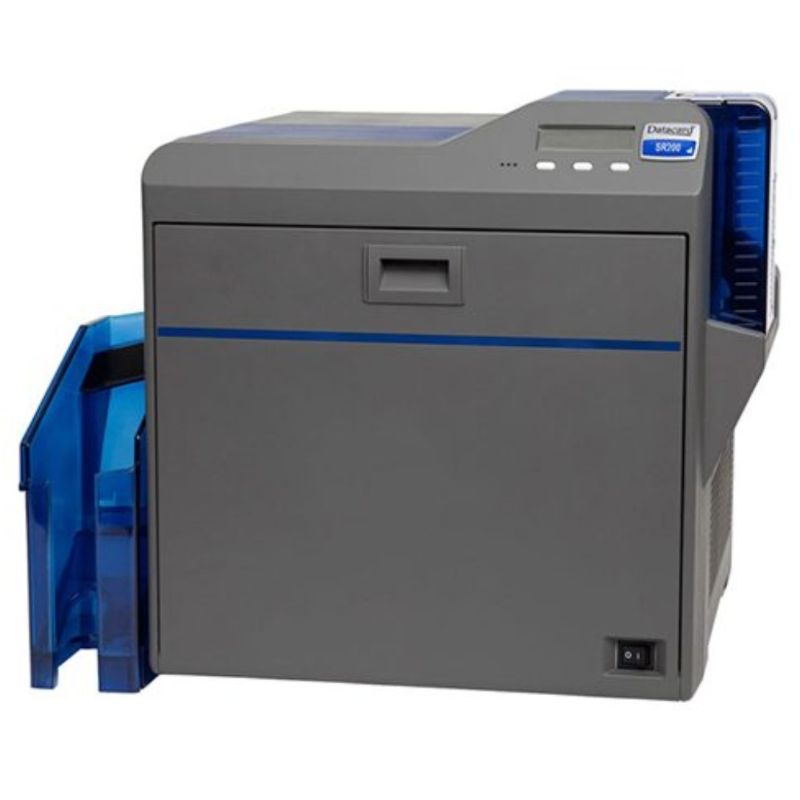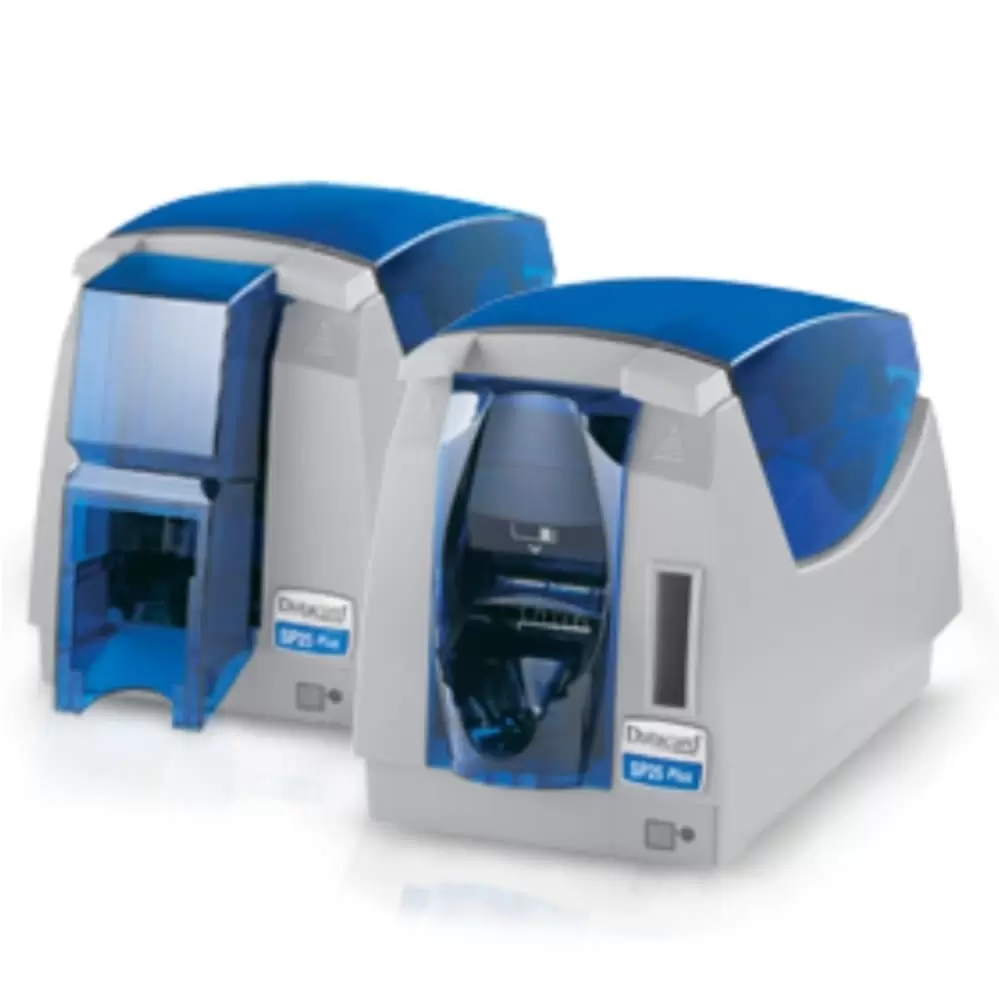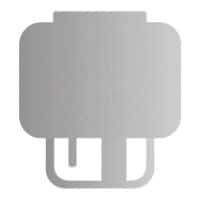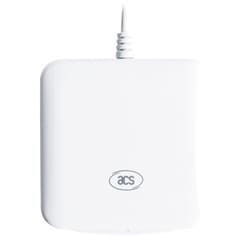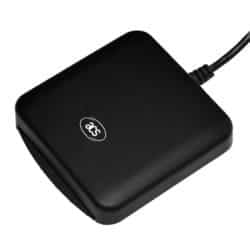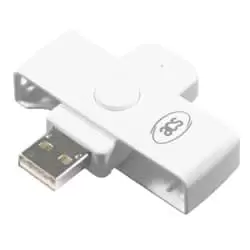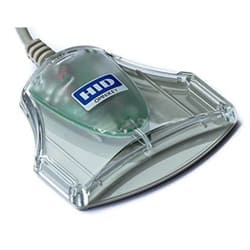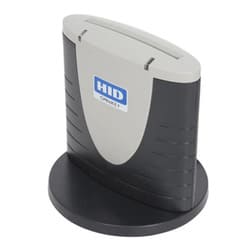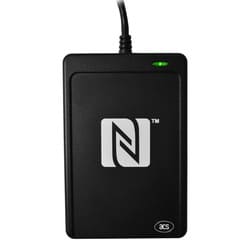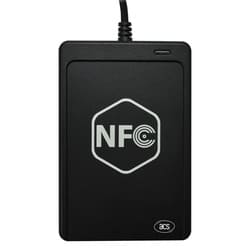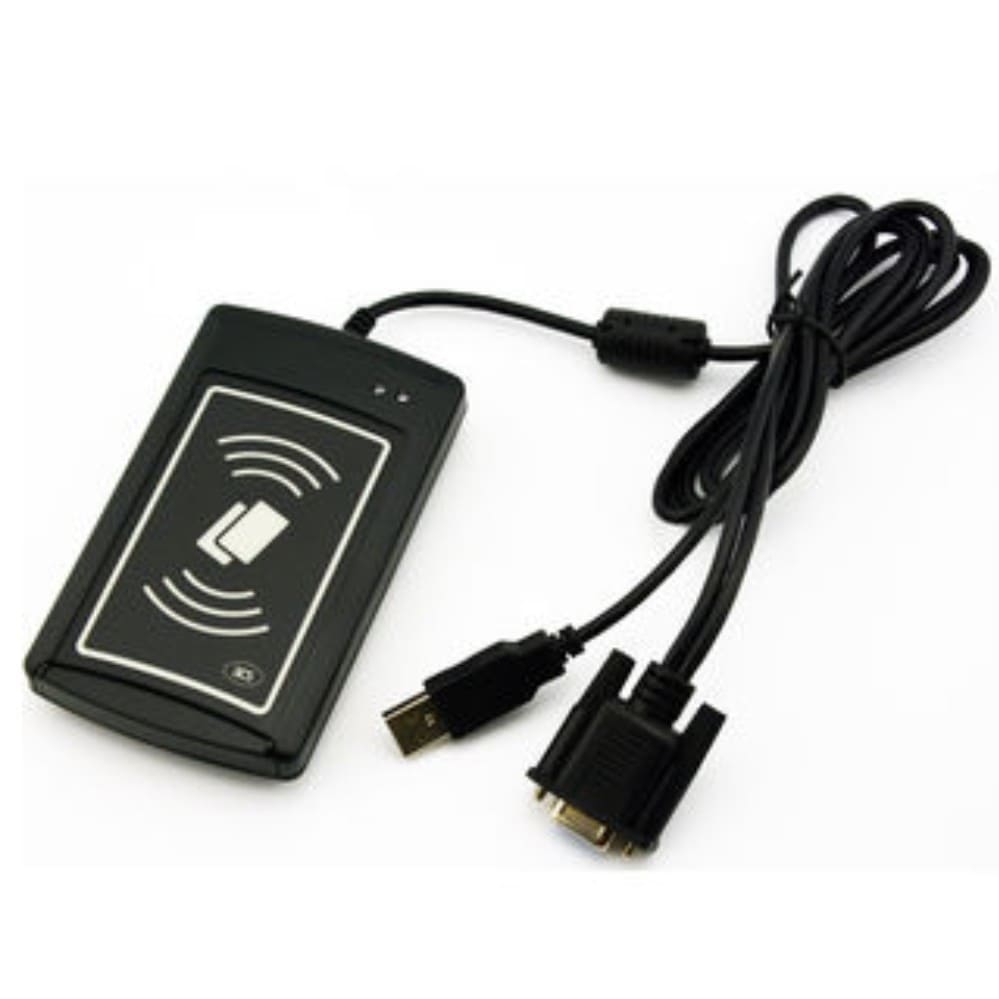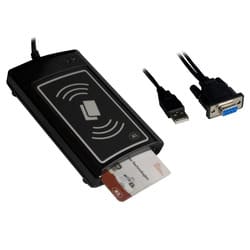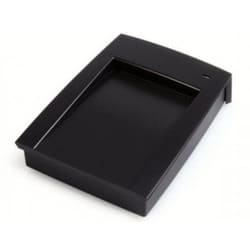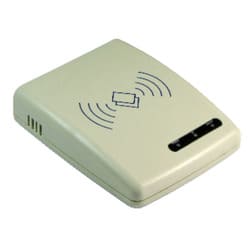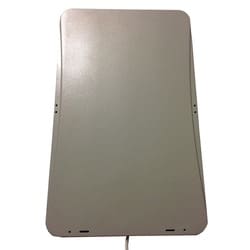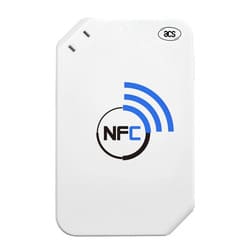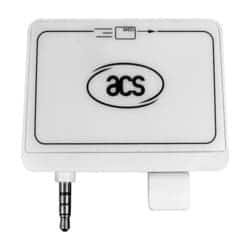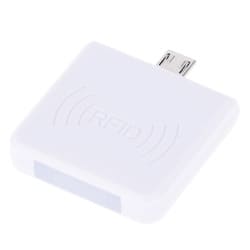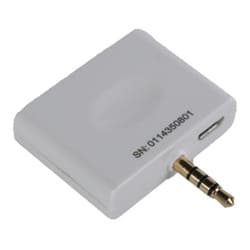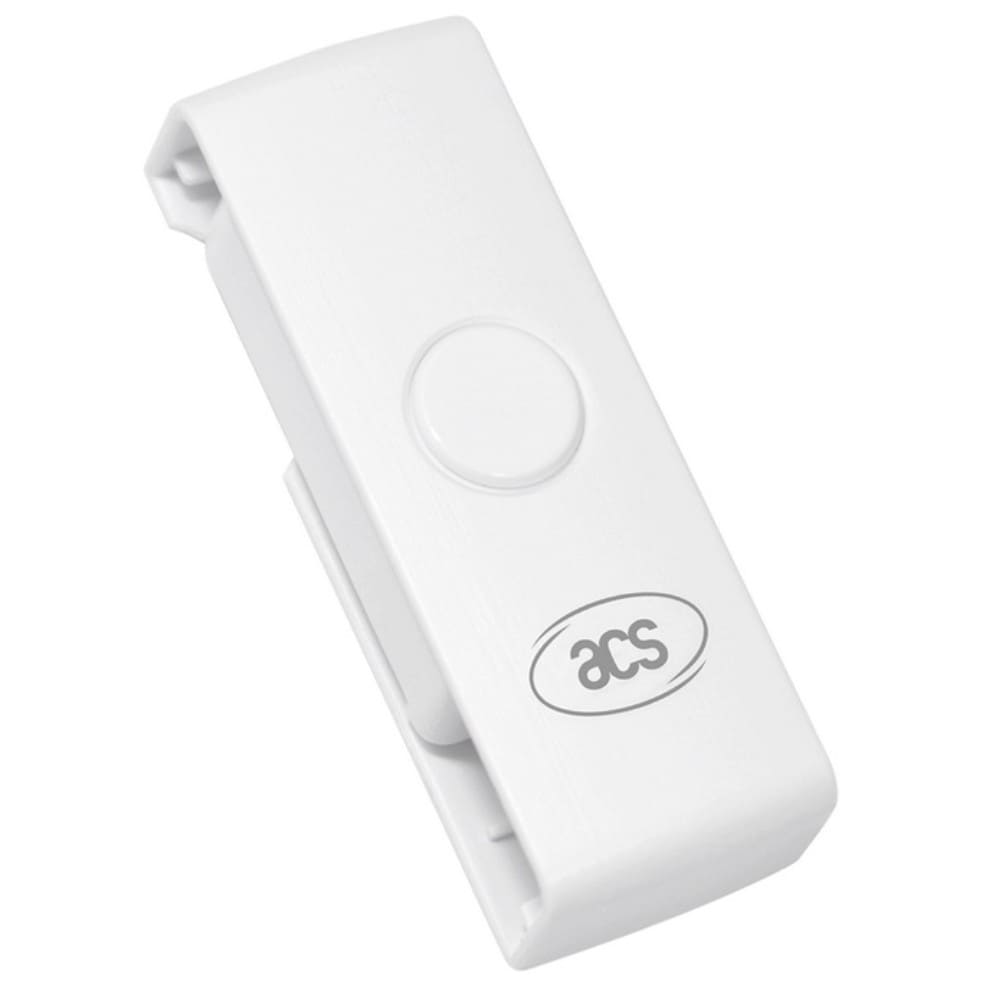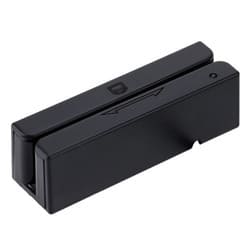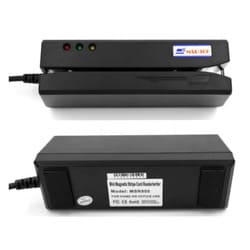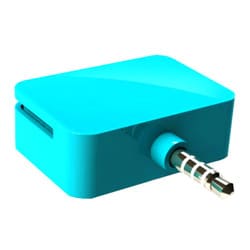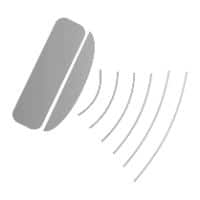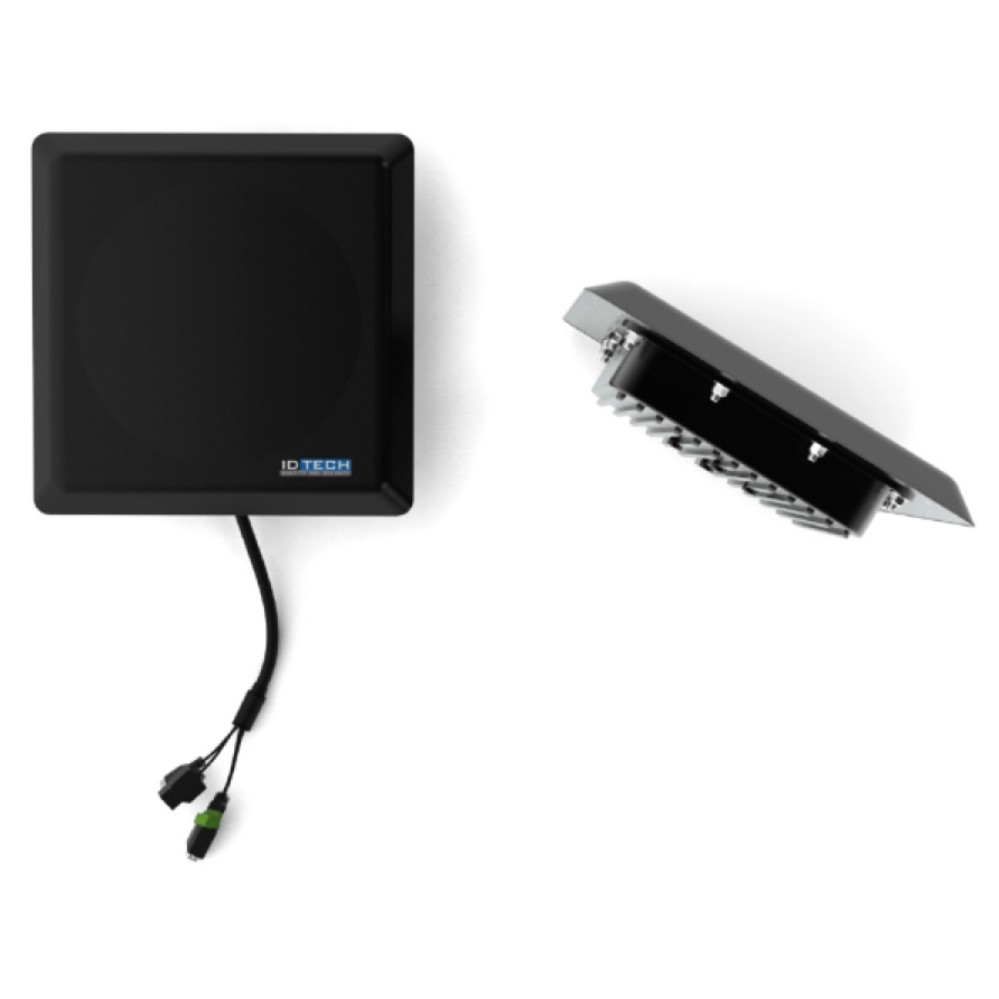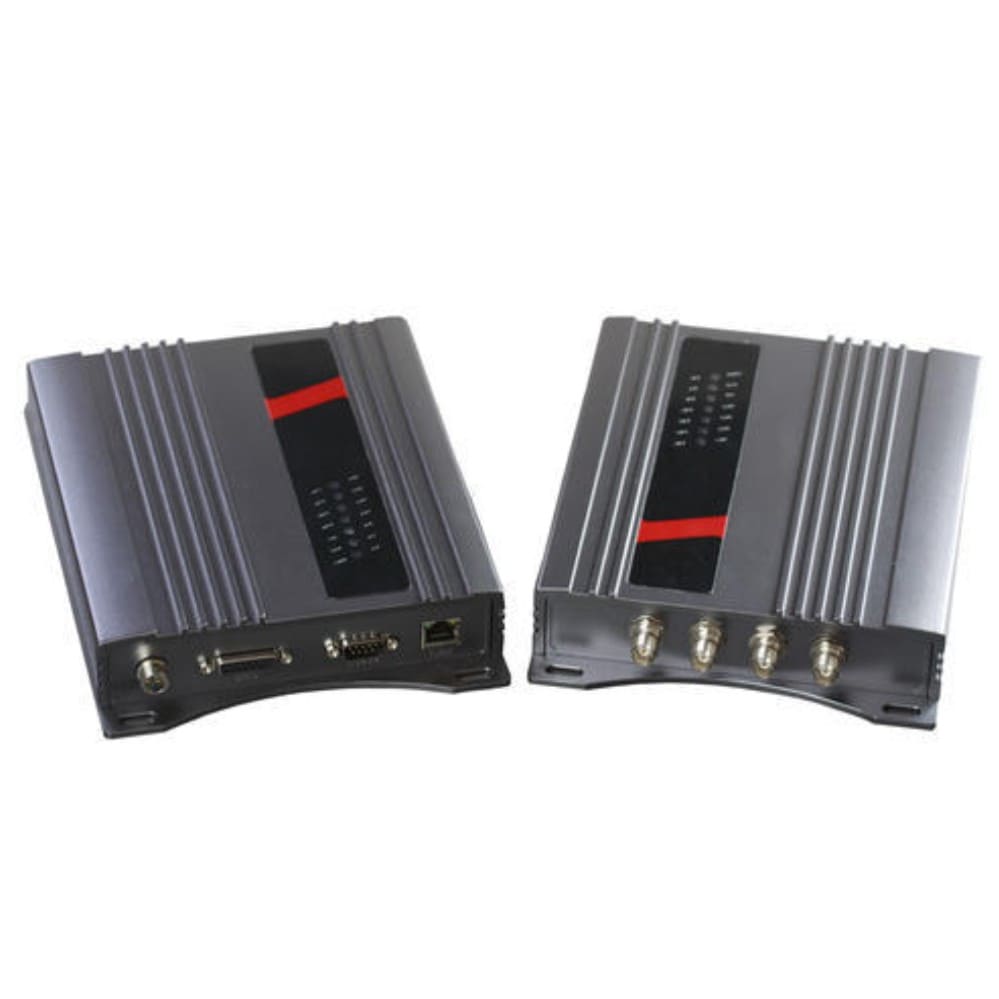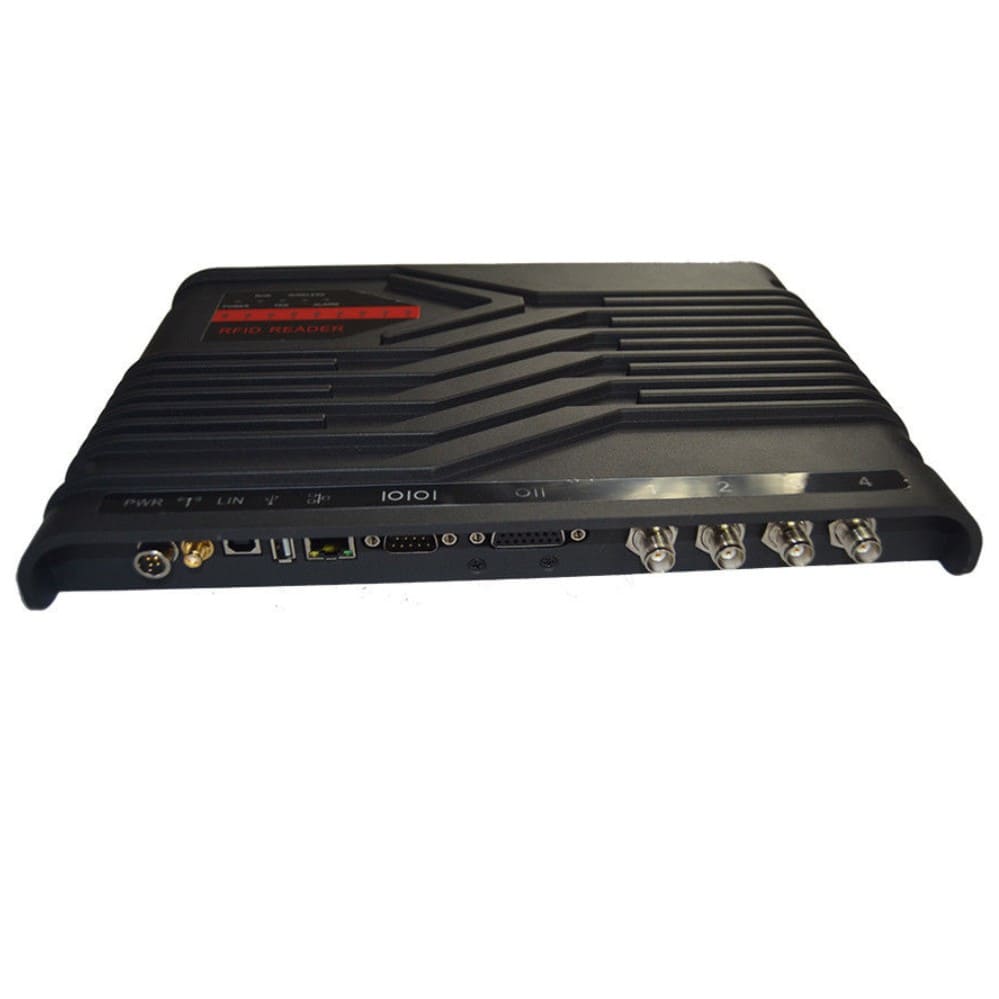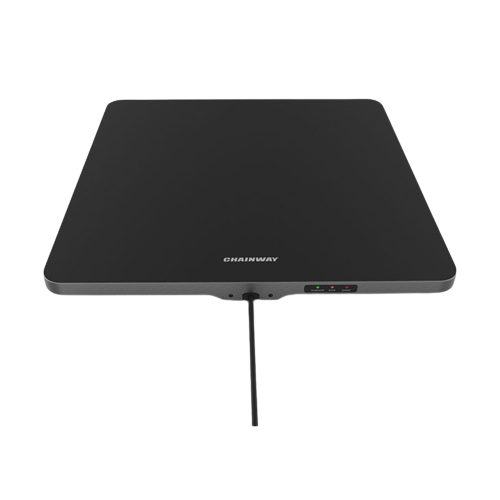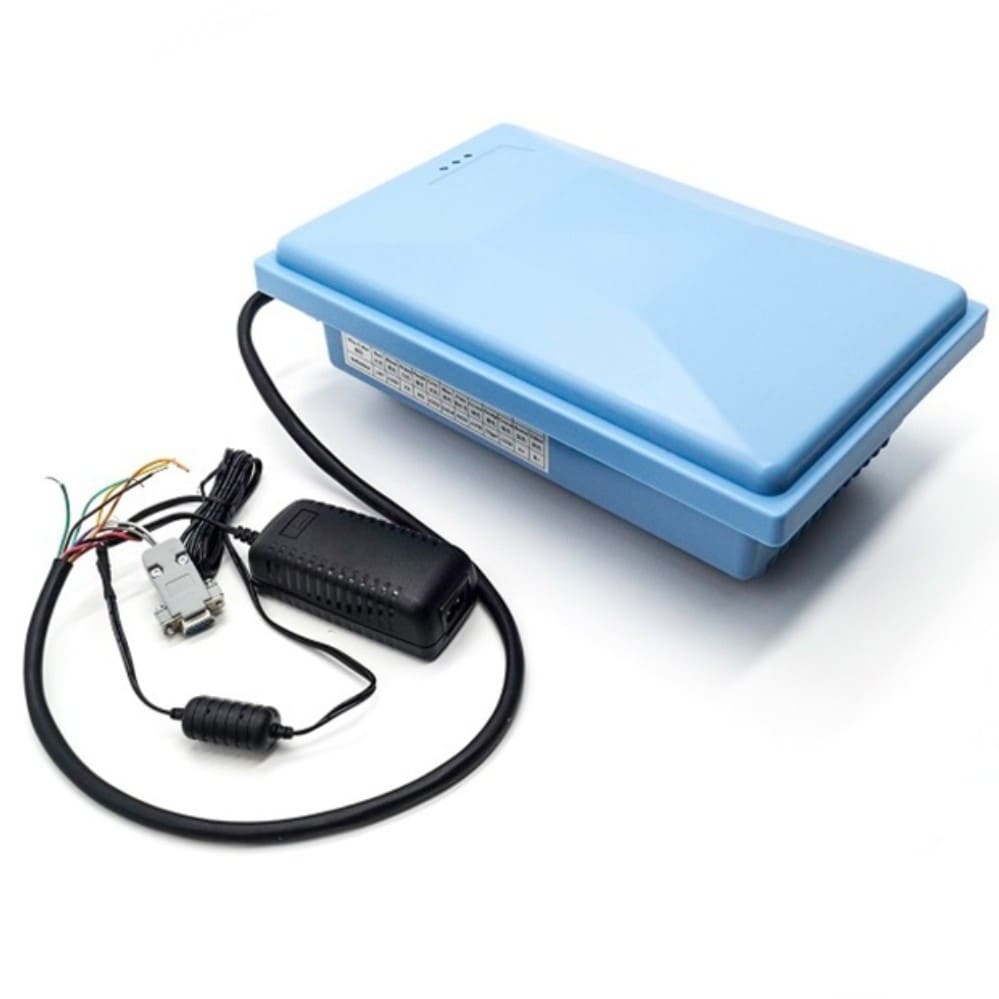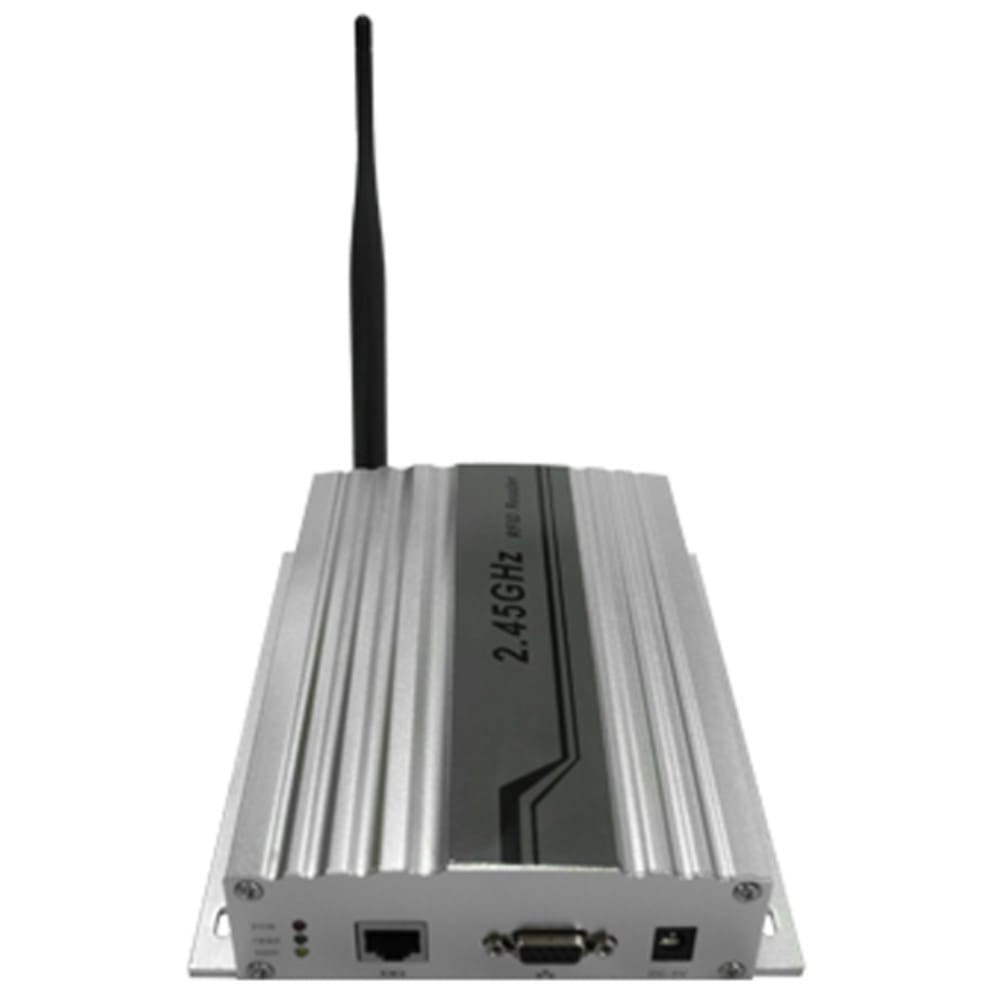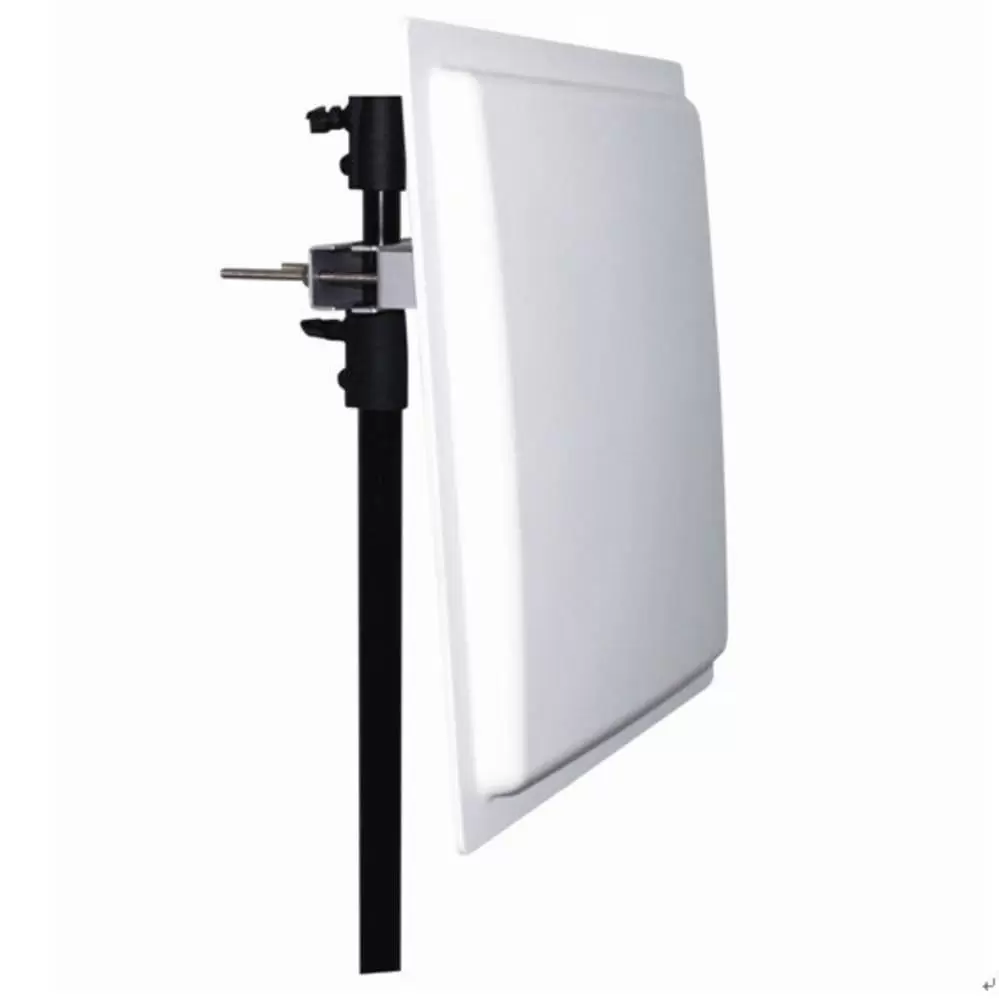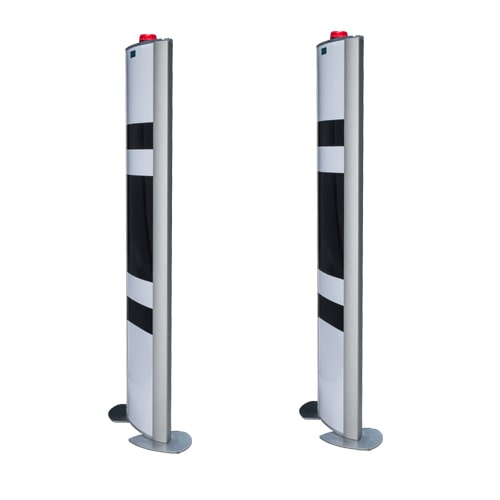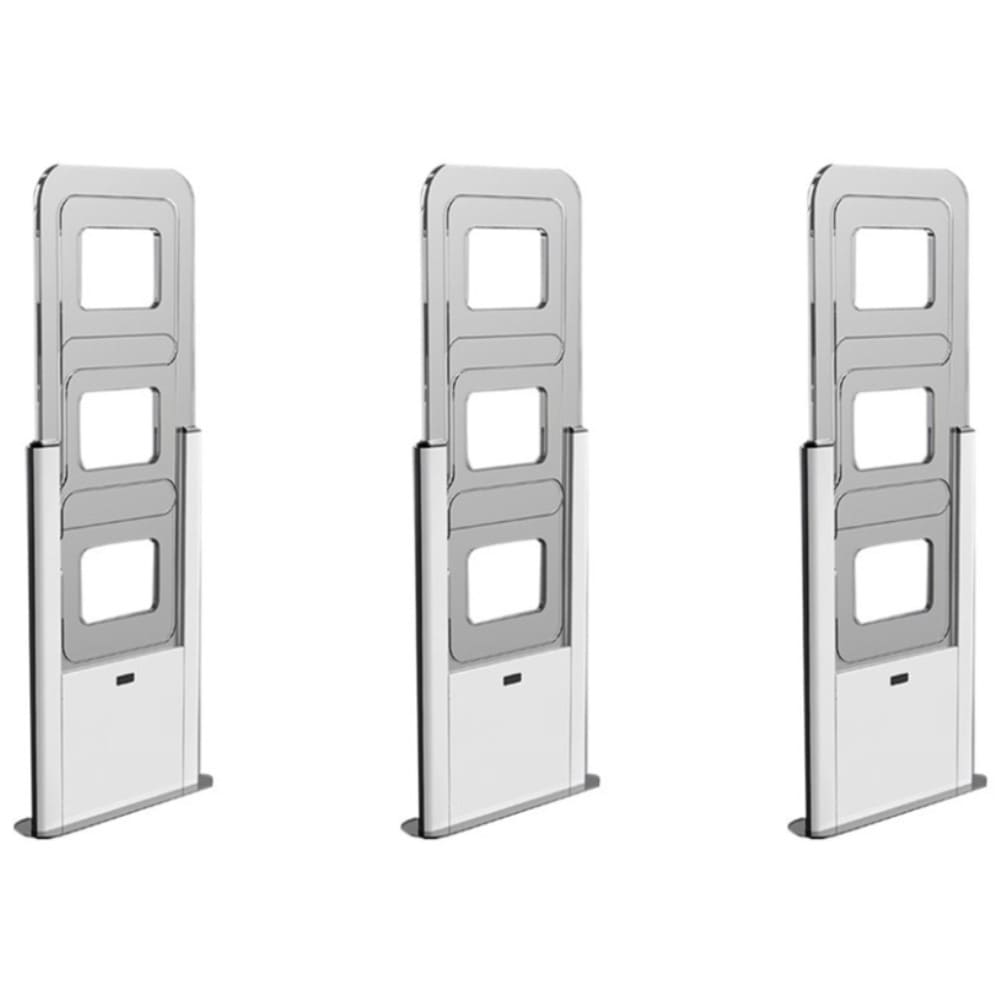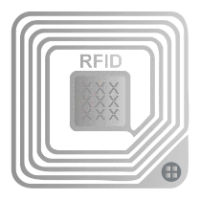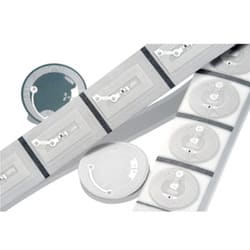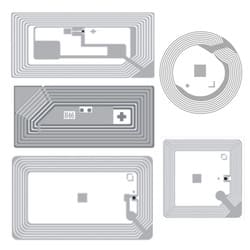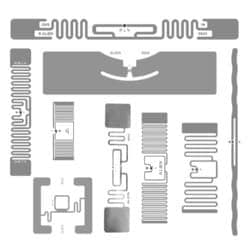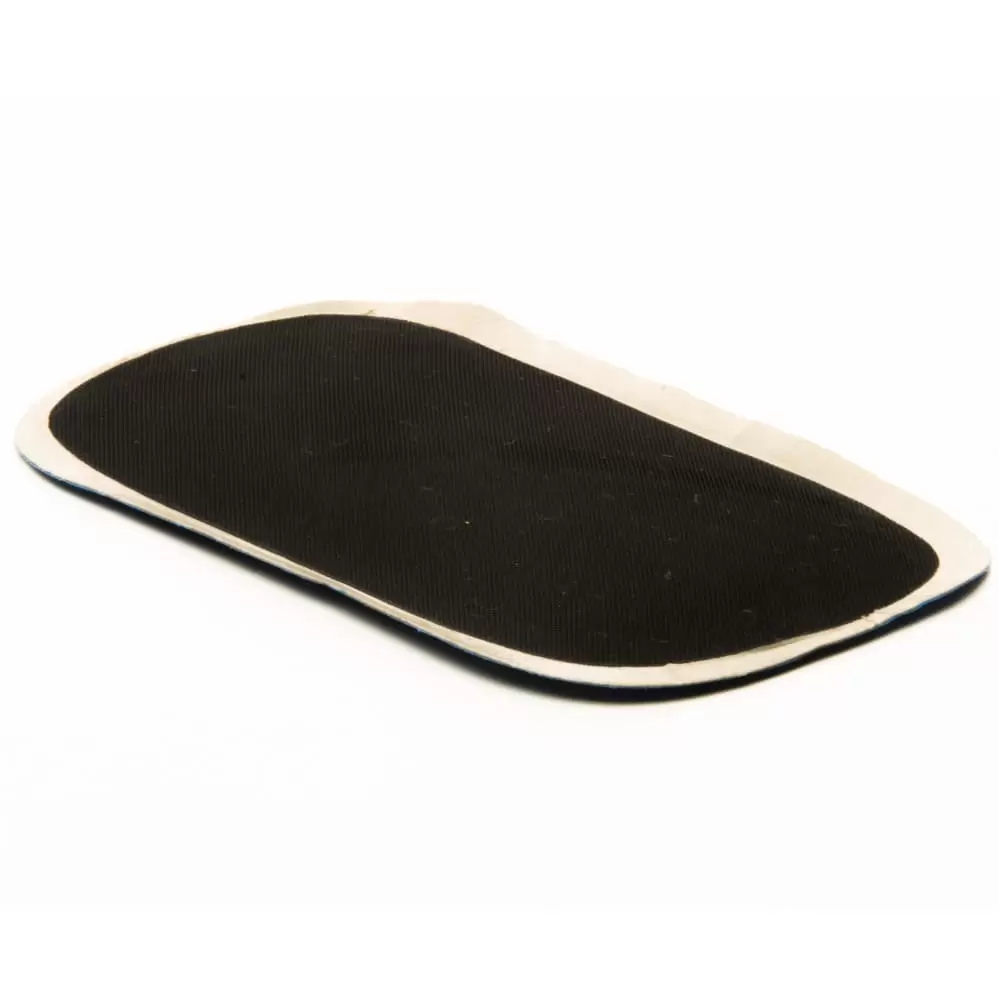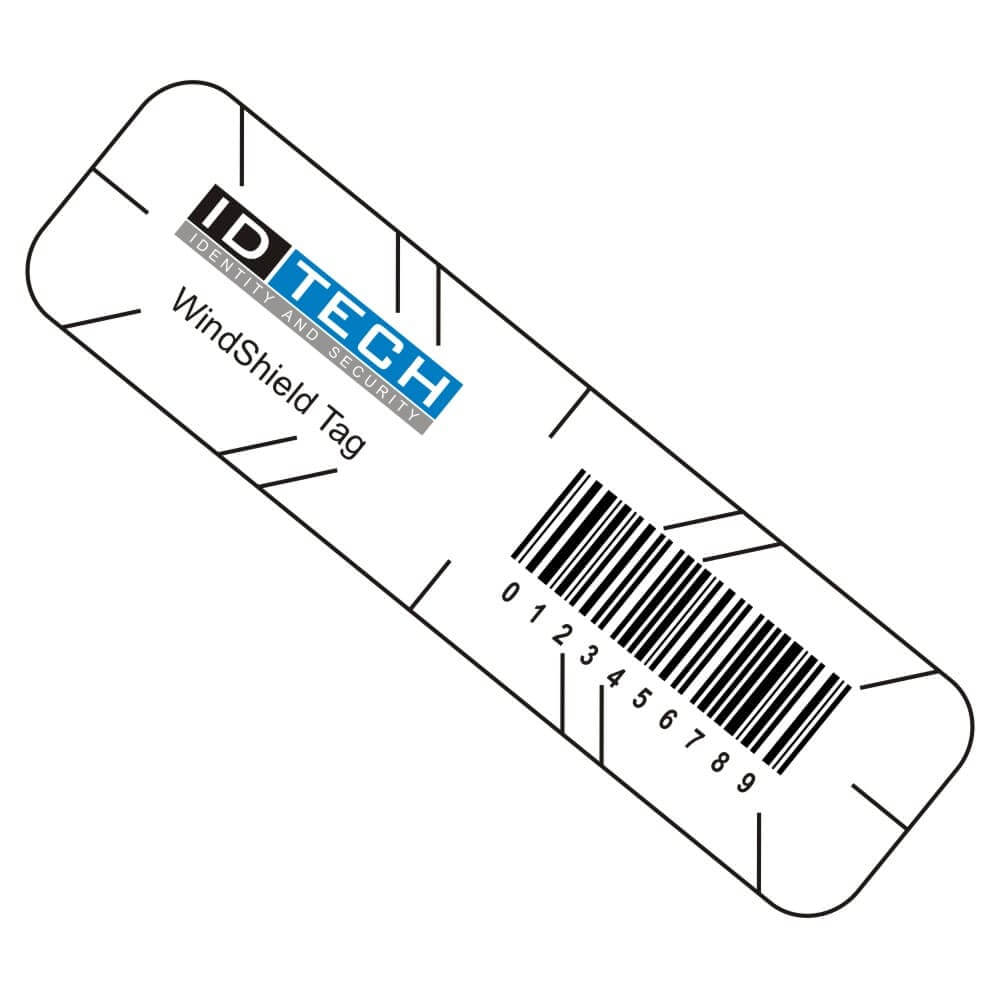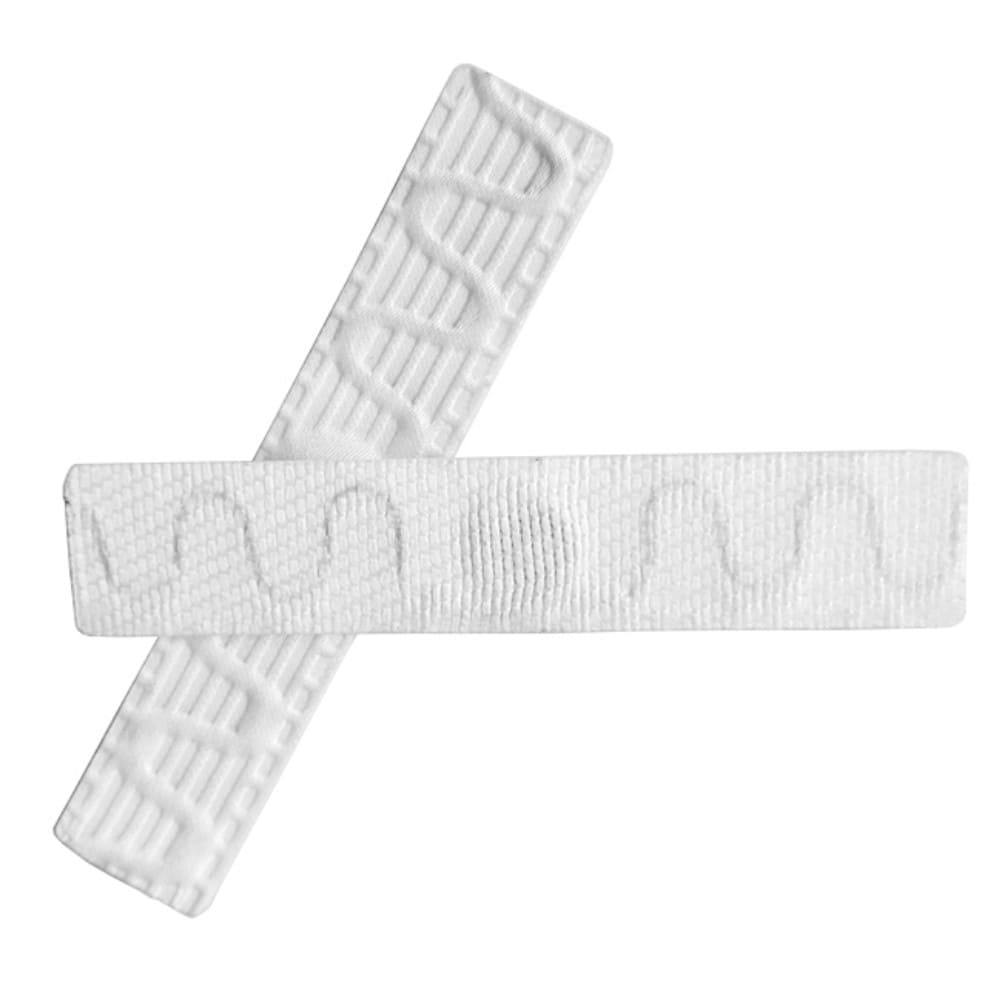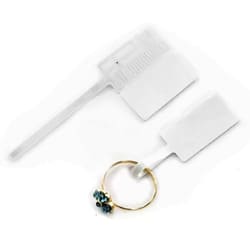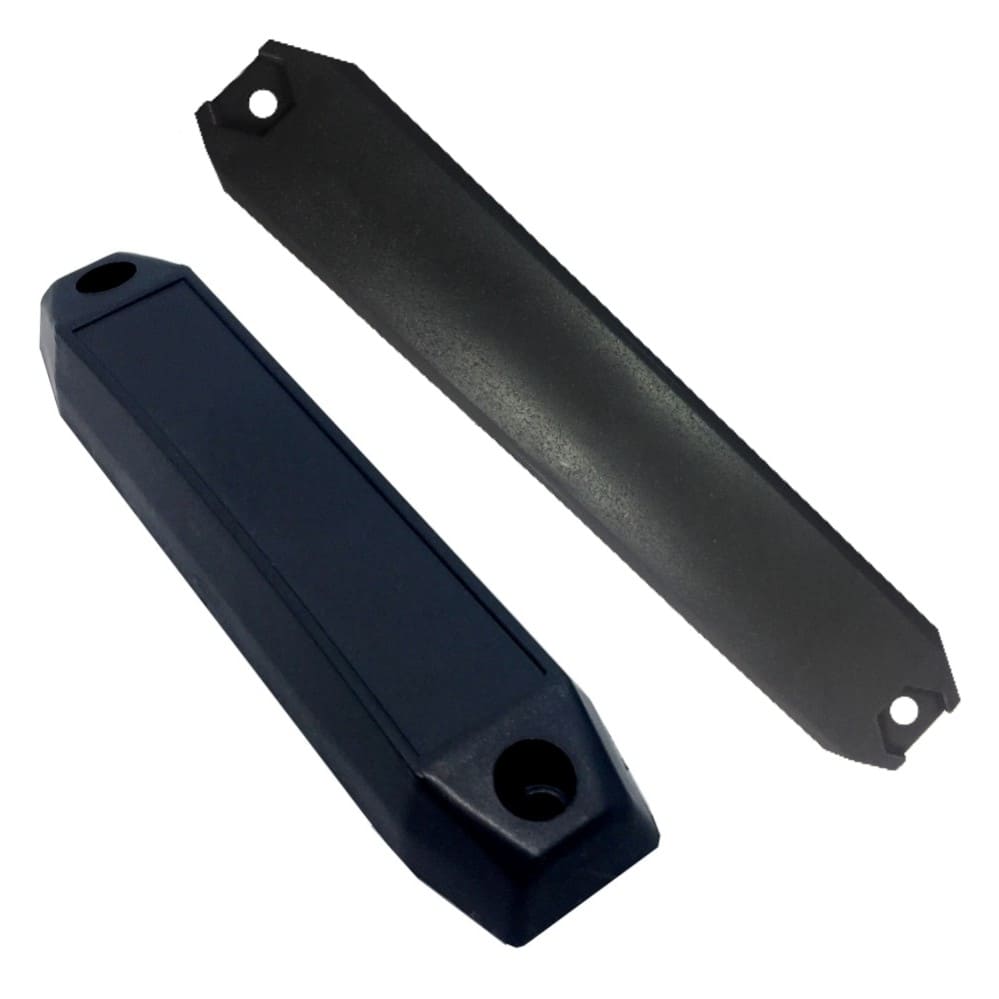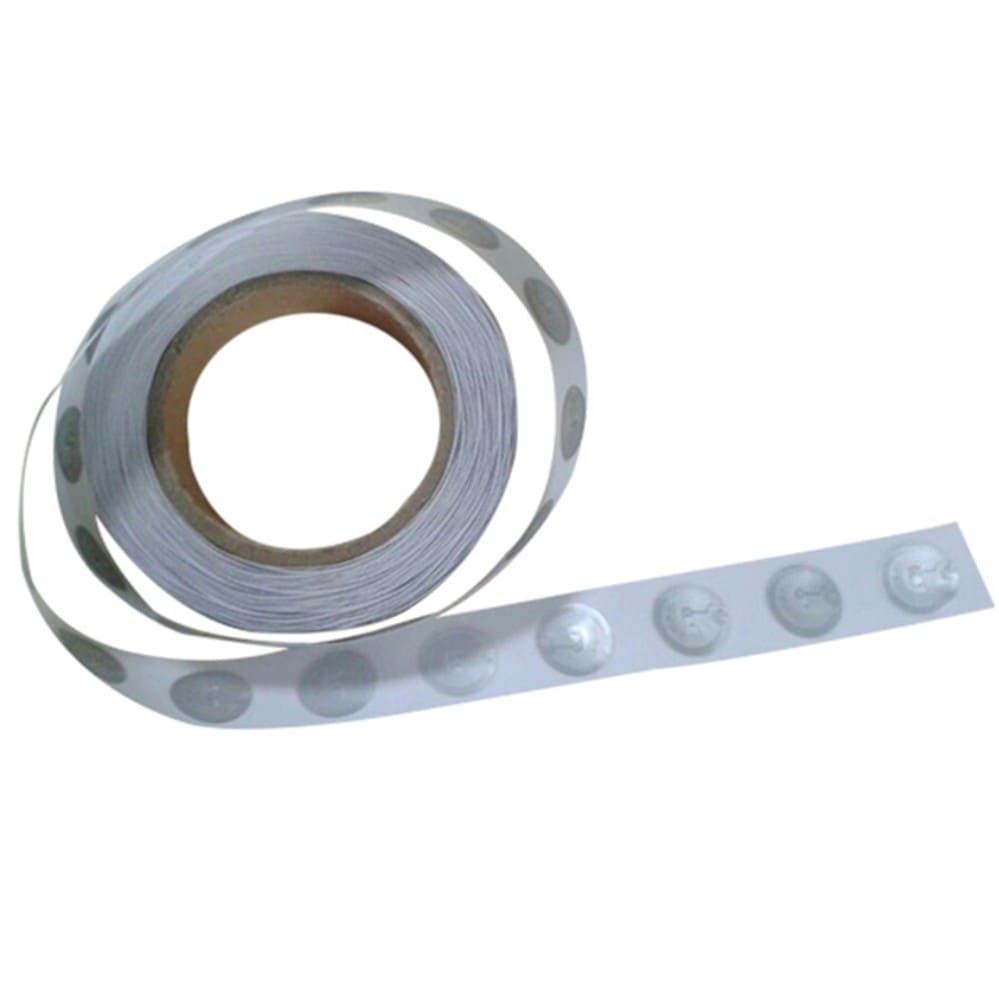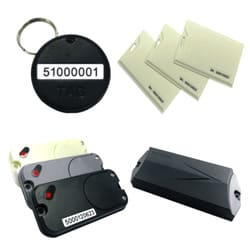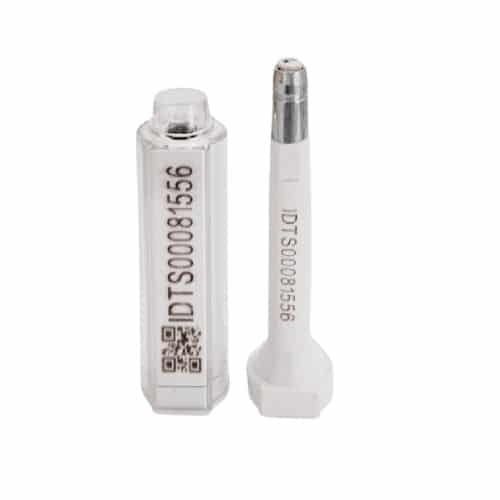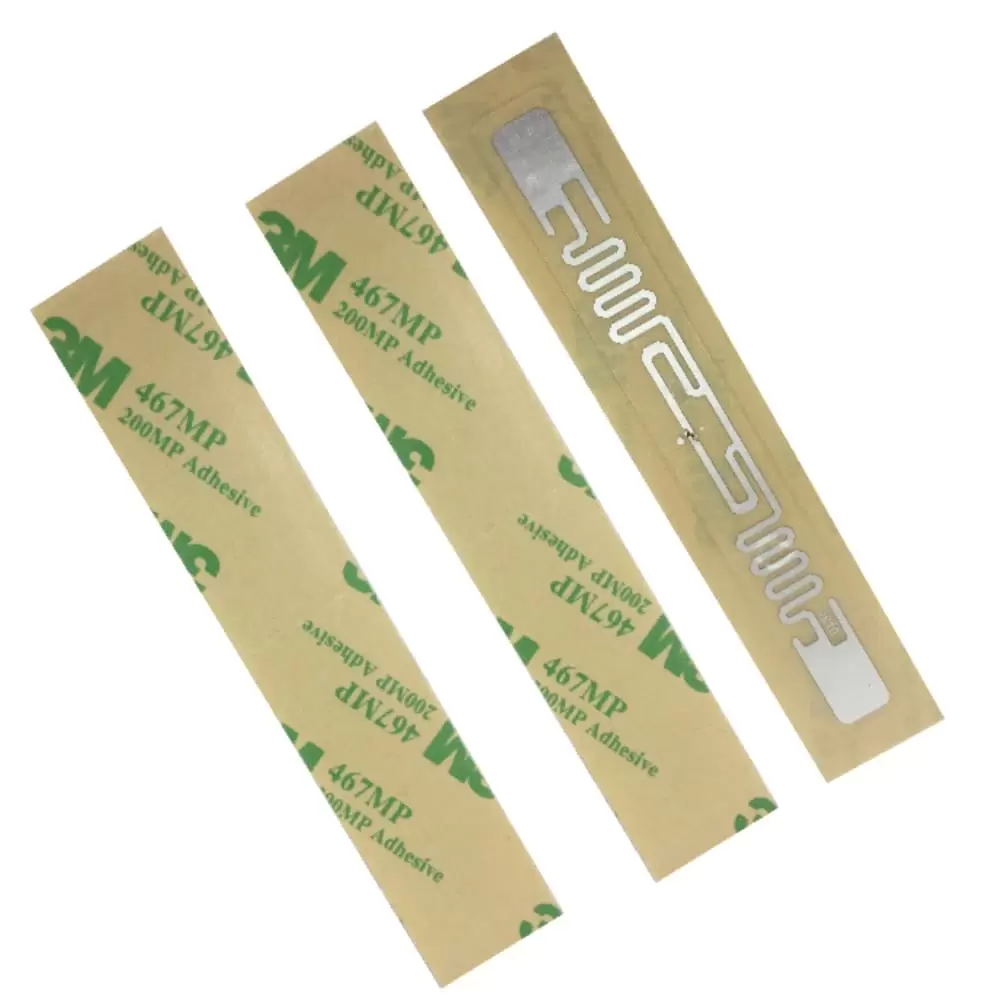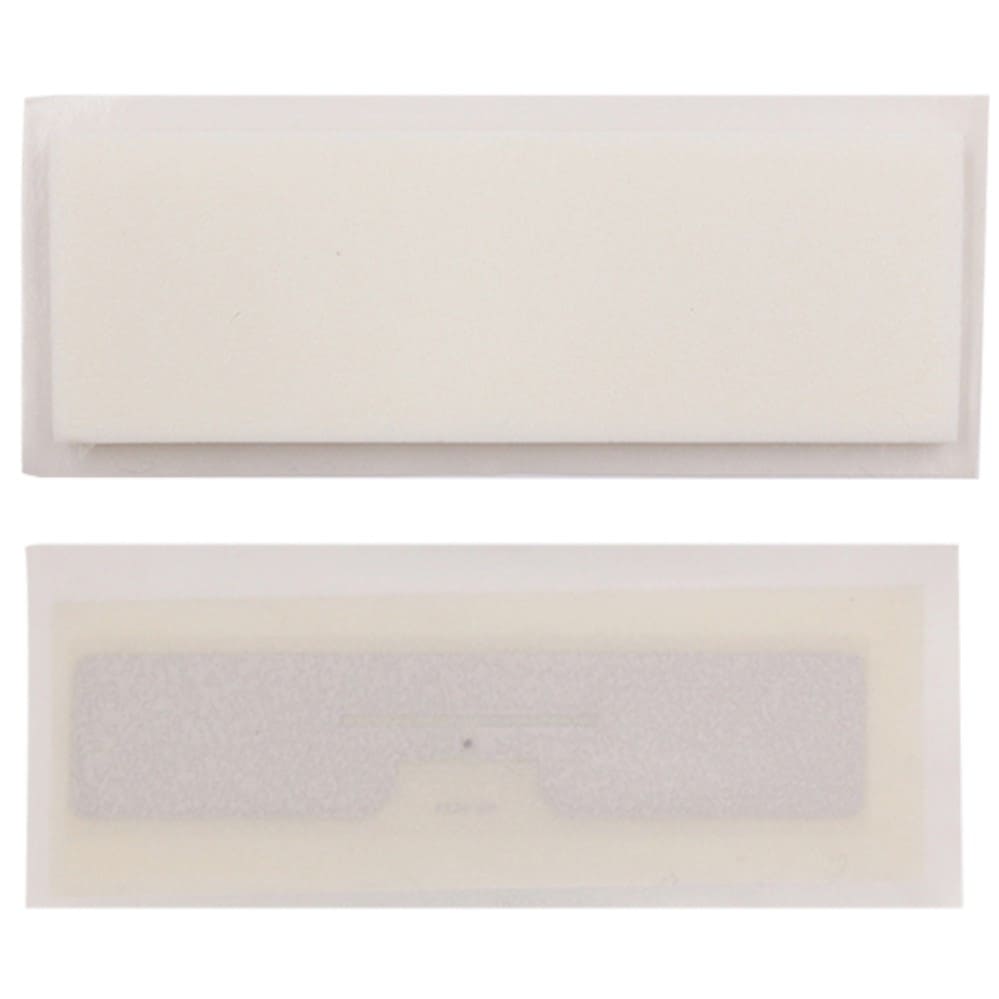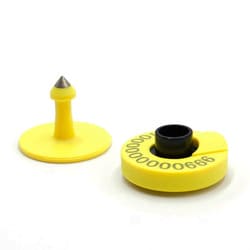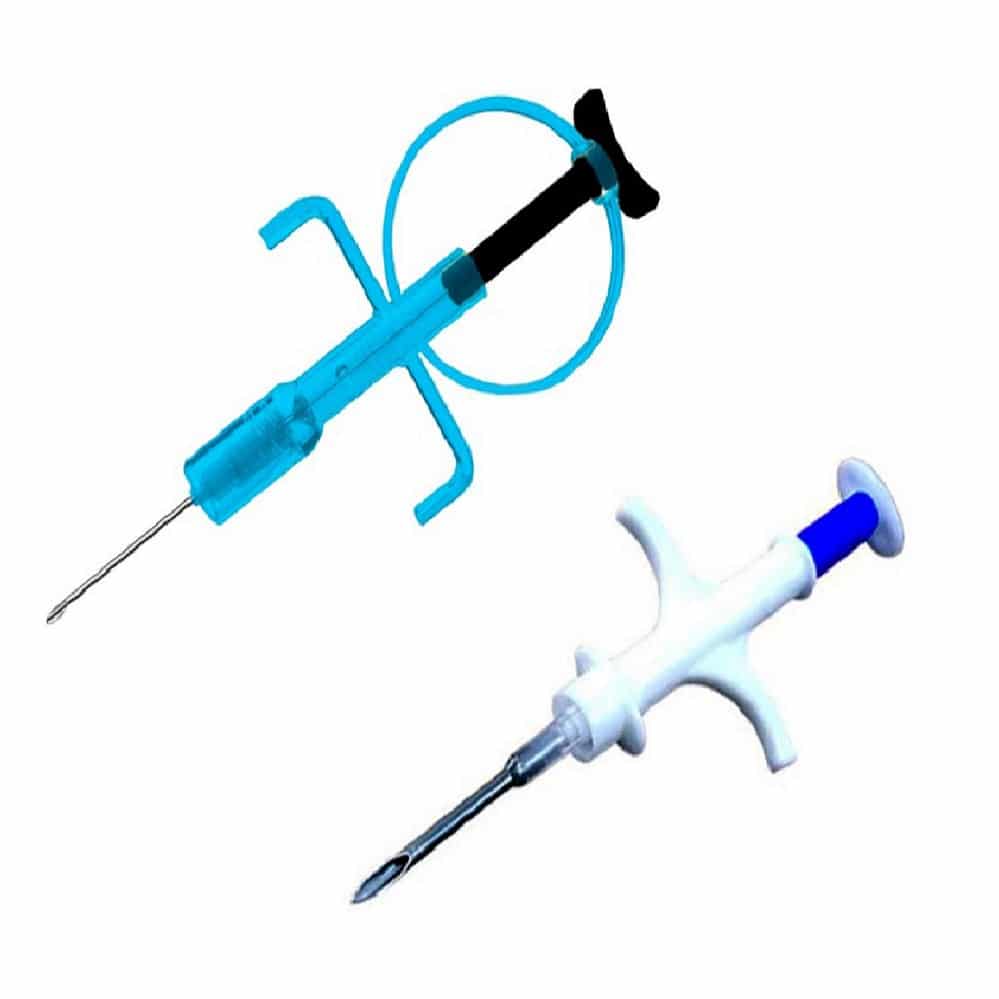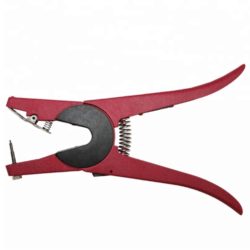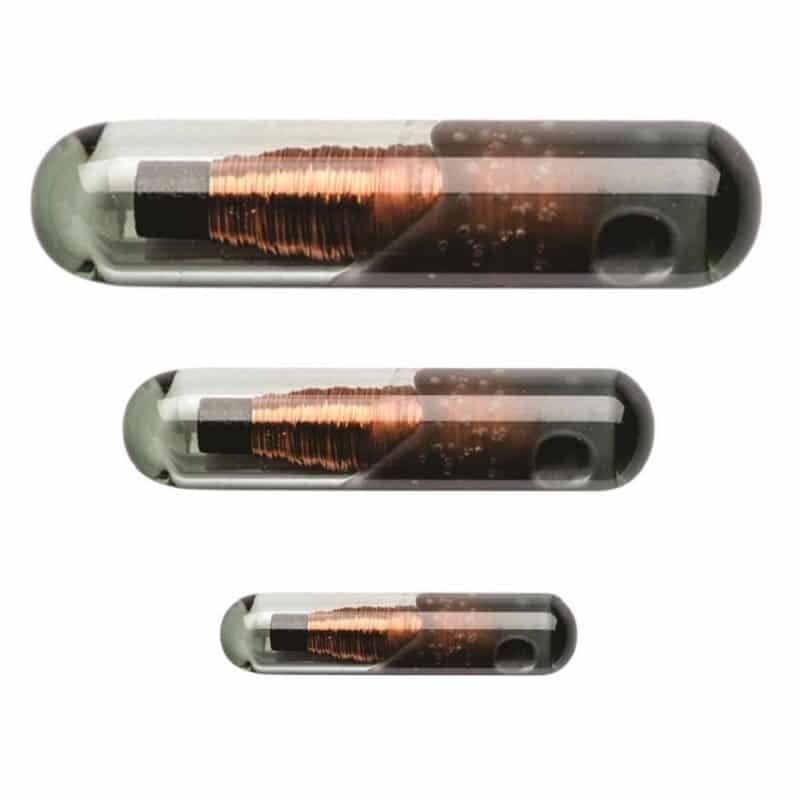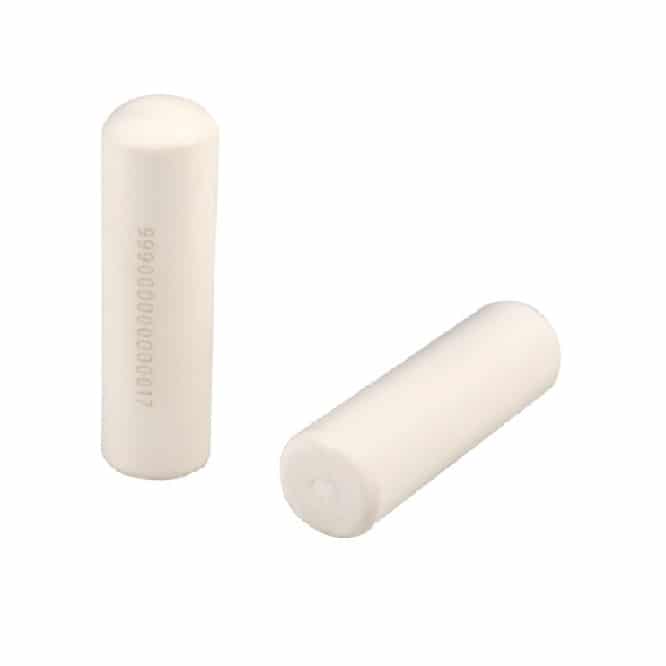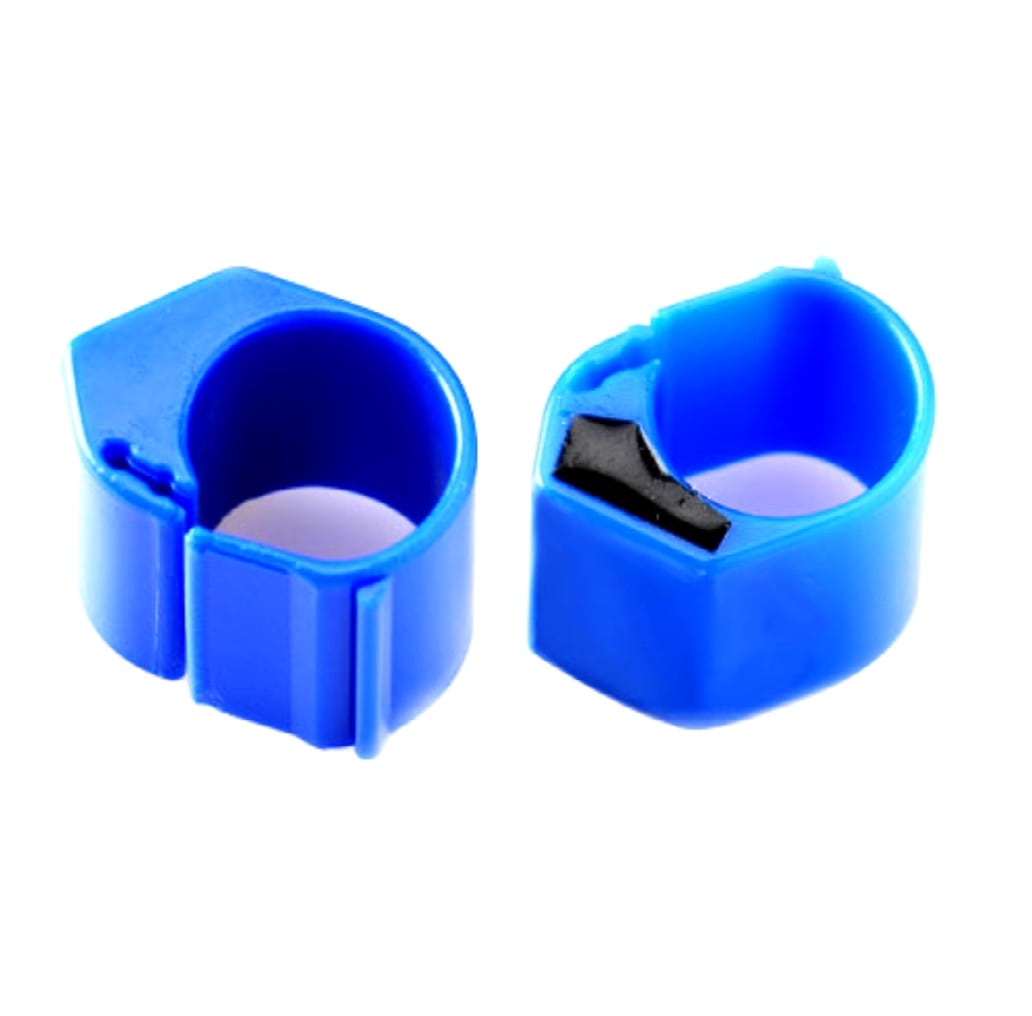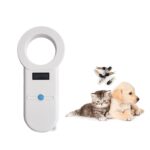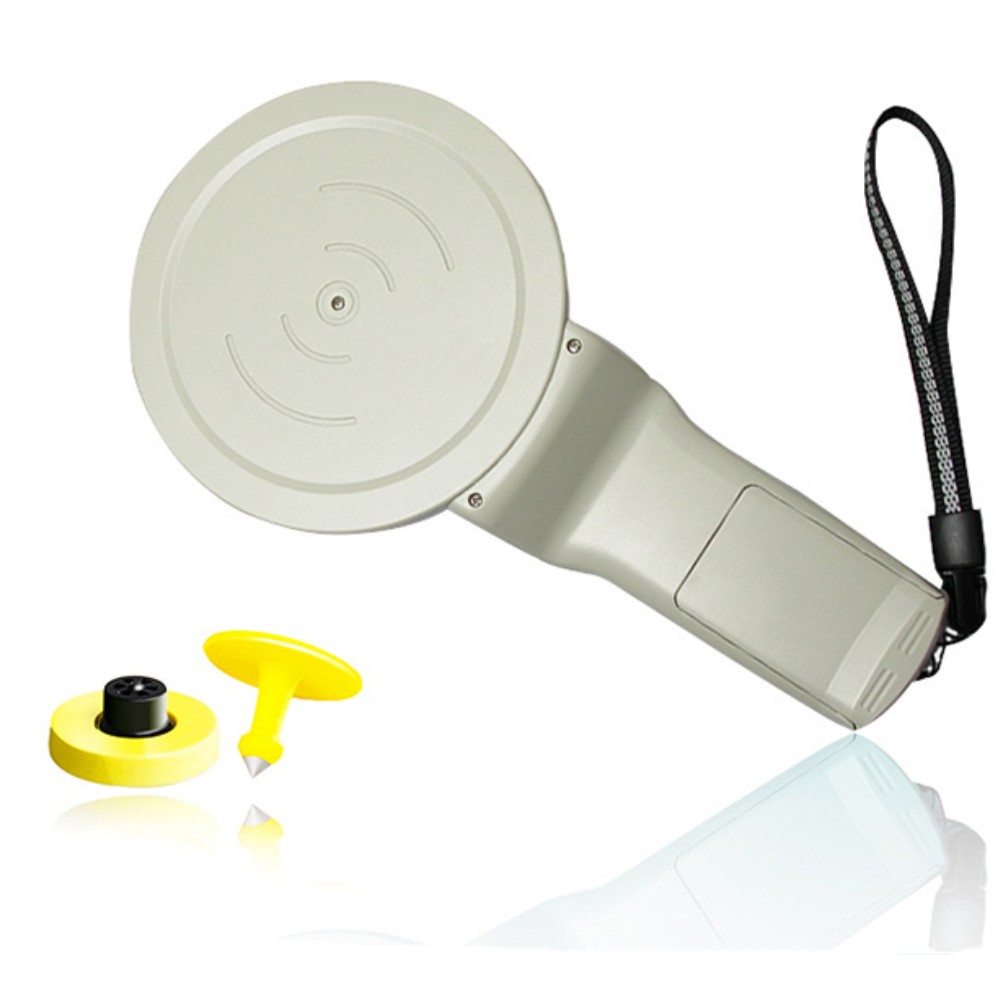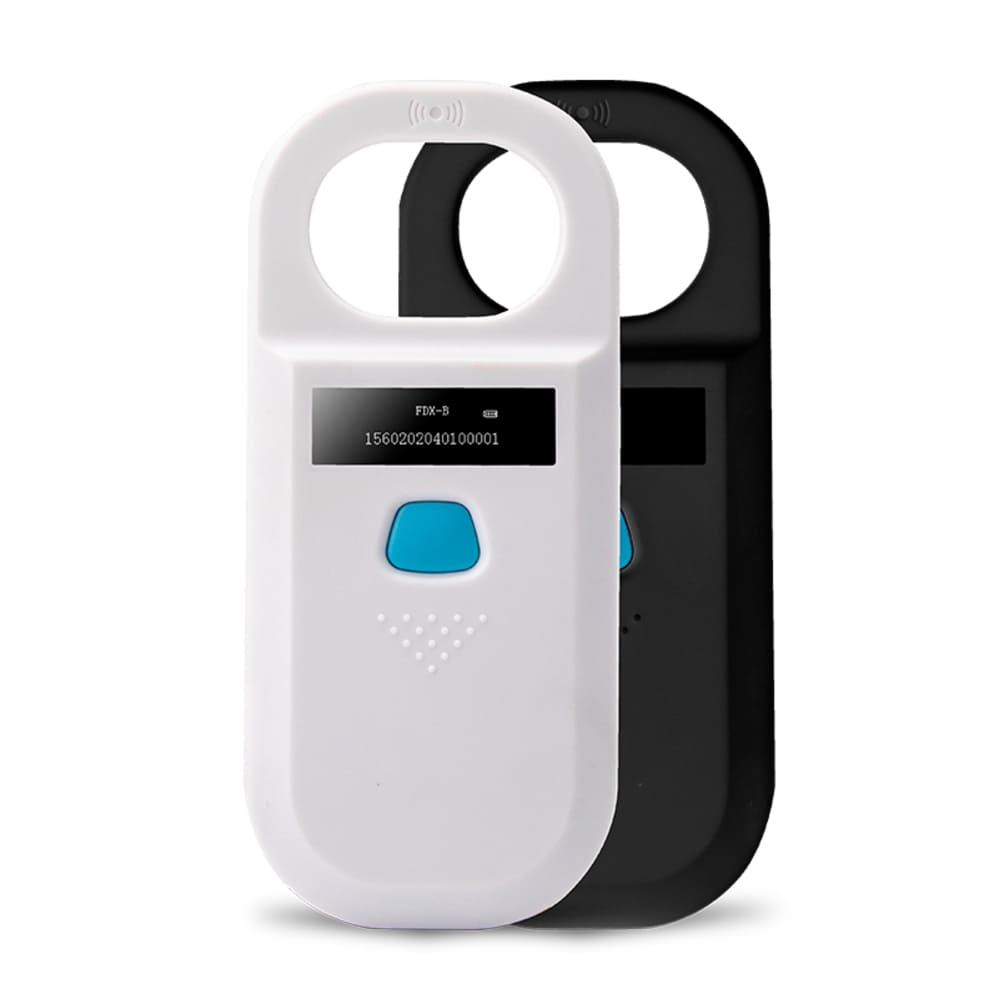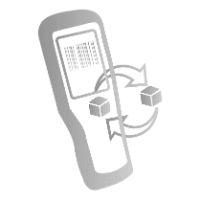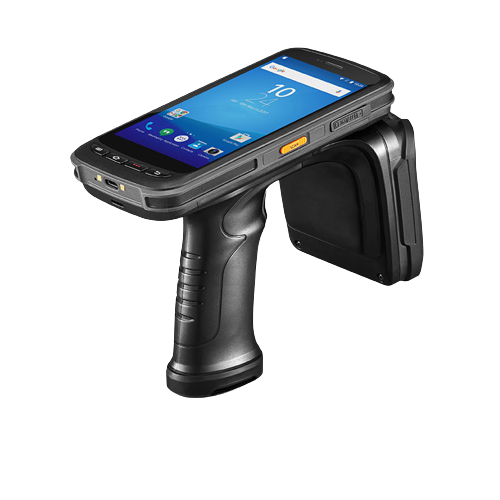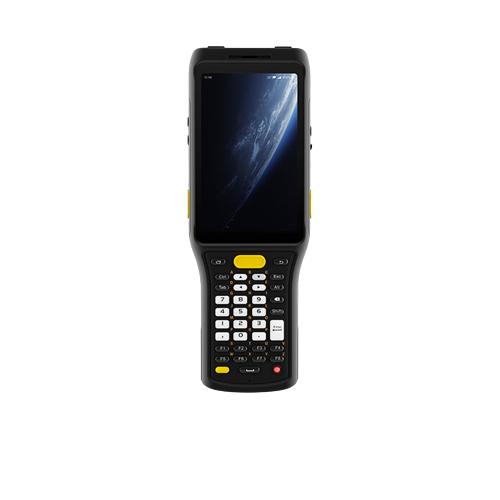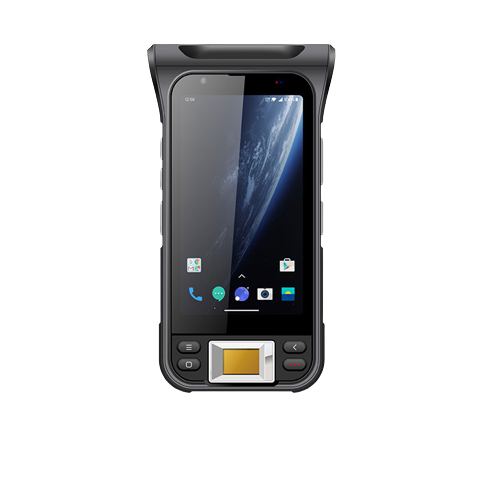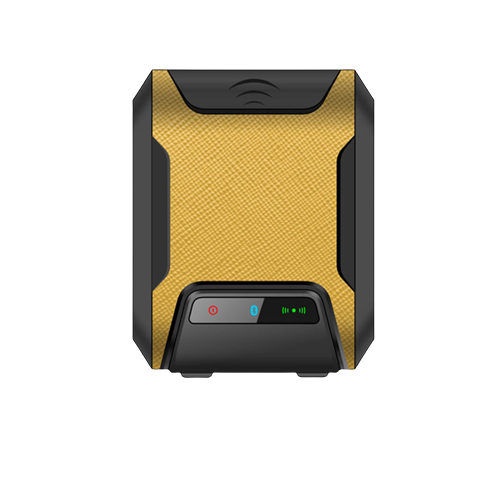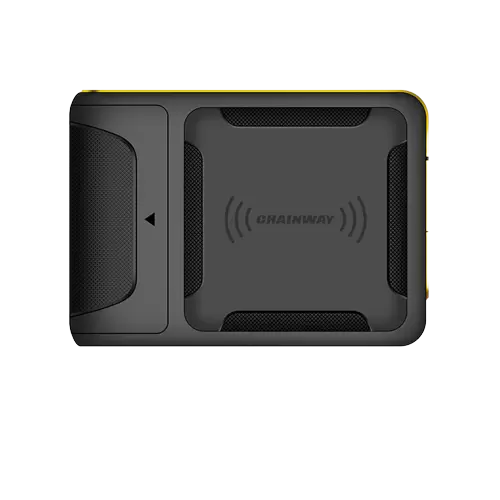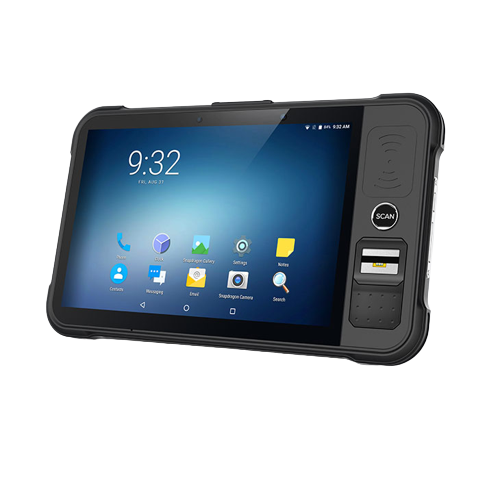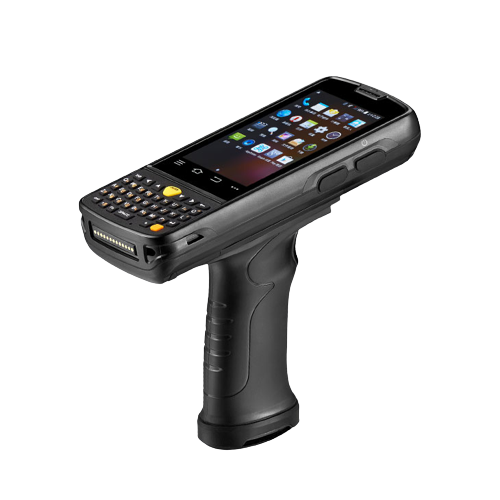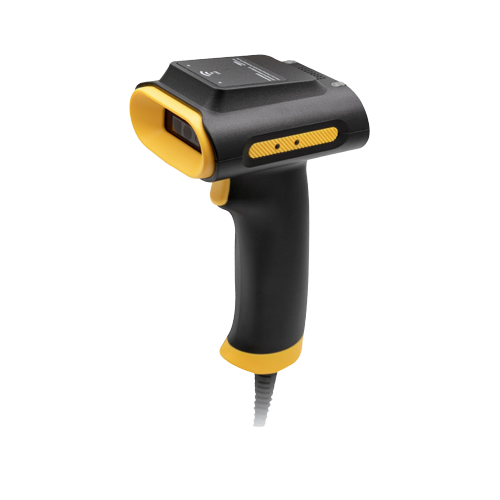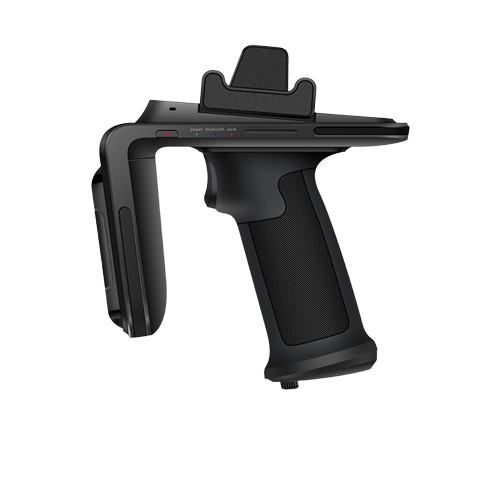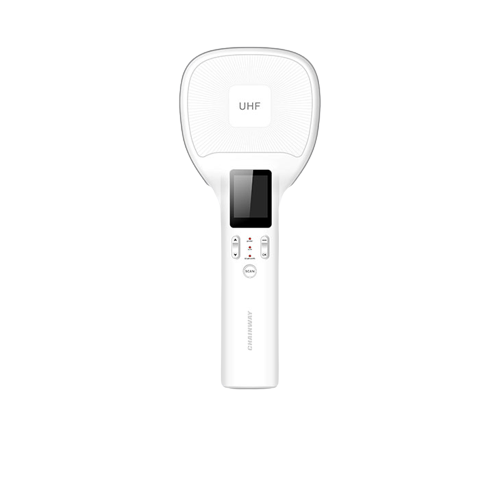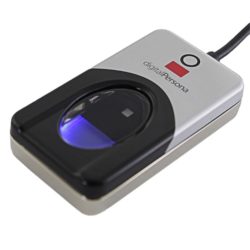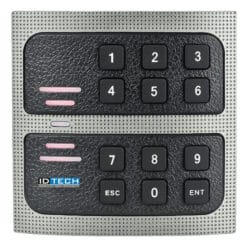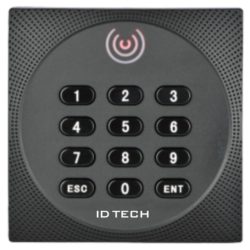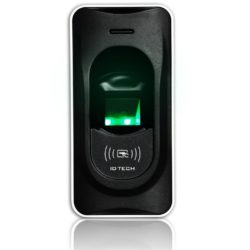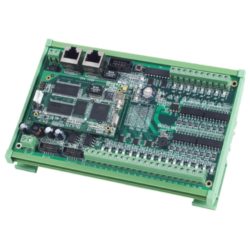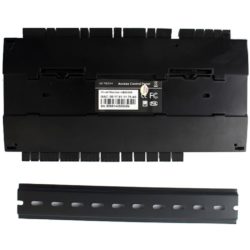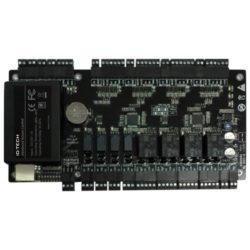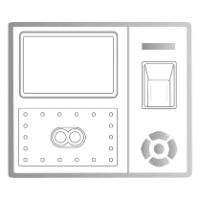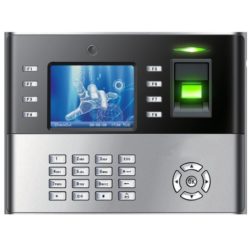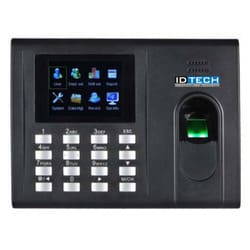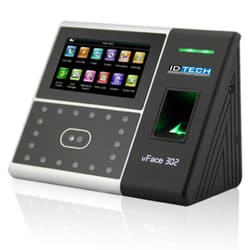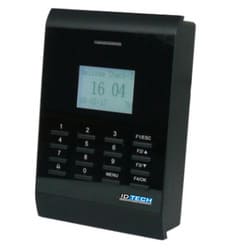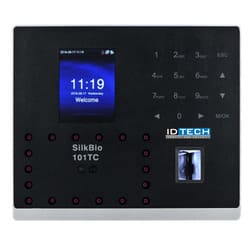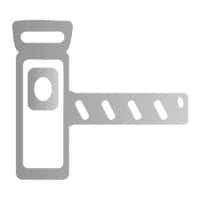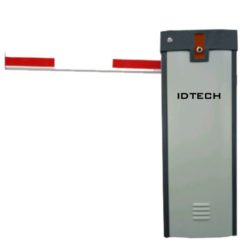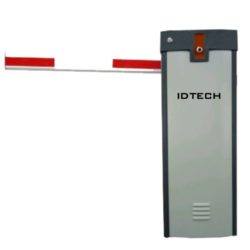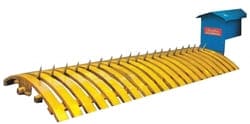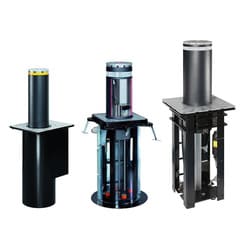Analyzing RFID UHF Chips Through TID Prefix: Understanding the Data Behind the Identifier

Analyzing RFID UHF Chips Through TID Prefix: Understanding the Data Behind the Identifier
RFID (Radio-Frequency Identification) technology uses radio waves to identify and track objects, animals, or people. UHF (Ultra-High Frequency) RFID chips are a common type of RFID technology used for a wide range of applications, including inventory management, access control, and supply chain management.
RFID UHF Chip:
An RFID UHF chip is a microchip that stores and transmits data using radio frequency signals. UHF RFID operates in the ultra-high frequency range, typically between 860-960 MHz, allowing for longer read ranges and faster data transfer compared to other RFID frequencies.
Memory Banks: RFID UHF chips typically consist of multiple memory banks, each of which stores different types of data. The most common memory banks in an RFID UHF chip include:
EPC (Electronic Product Code): The EPC memory bank stores a unique identifier for the item, which is used for tracking and managing individual items within a supply chain. EPC is crucial for inventory management and product authentication.
User Memory: User memory banks are used to store additional information, such as product-specific data, serial numbers, or other relevant details. User memory allows for customization and enhanced data storage.
TID (Tag Identifier): The TID memory bank contains information about the chip’s manufacturer, model, and a unique serial number. It helps identify the chip itself, which is useful for quality control and authentication purposes.
Reserved Memory: Some RFID UHF chips include reserved memory for specific applications or purposes. This memory bank can be allocated for specialized functions as needed.
Read-Write Capabilities: RFID UHF chips can be either read-only or read-write. Read-only chips contain a fixed set of data that cannot be modified, while read-write chips allow for data to be both read and written to the memory banks. This flexibility is useful in applications where data needs to be updated or changed over time.
Anti-Collision Technology: UHF RFID technology often includes anti-collision capabilities, allowing multiple RFID tags to be read simultaneously. Anti-collision algorithms ensure that tags do not interfere with each other during data transmission, making them suitable for high-density scenarios like inventory management.
Popular UHF RFID chip manufacturers, like Impinj, Alien Technology, and NXP Semiconductors, offer a variety of chip models with different memory capacities, features, and read ranges to meet specific application requirements. The choice of an RFID UHF chip depends on the application’s needs, such as read range, memory capacity, and cost considerations.
| Decoding UHF RFID Chips: A TID Prefix Guide for Identifying Chip Types and Memory Details |
|||||
| Abbreviation | Manufacturer | EPC Memory | User Memory | TID Prefix | TID Memory |
| Higgs 3 | Alien | 96-bit | 512-bit | E200 3412 | 64 bits of serialized TID with 48-bit serial number |
| Higgs 9* | Alien | 96/496-bit | Up to 688-bit | E200 4715 | 48 bits of serialized TID with 32-bit serial number |
| Higgs 4* | Alien | 128-bit | 128-bit | E200 3414 | 64 bits of serialized TID with 32-bit serial number |
| Higgs EC | Alien | 128-bit | 128-bit | E200 3811 | 48 bits of serialized TID with 32-bit serial number |
| M4D | Impinj | 128-bit | 32-bit | E280 1100 | 96 bits of serialized TID with 48-bit serial number |
| M4i | Impinj | 256-bit | 480-bit | E280 1114 | 96 bits of serialized TID with 48-bit serial number |
| M4E | Impinj | 496-bit | 128-bit | E280 110C | 96 bits of serialized TID with 48-bit serial number |
| M4QT | Impinj | 128-bit | 512-bit | E280 1105 | 96 bits of serialized TID with 48-bit serial number |
| R6-B | Impinj | 96-bit | – | E280 1171 | 96 bits of serialized TID with 48-bit serial number |
| R6 | Impinj | 96-bit | – | E280 1160 | 96 bits of serialized TID with 48-bit serial number |
| R6-A | Impinj | 96-bit | – | E280 1171 | – |
| R6-P | Impinj | 96/128-bit | 64/32-bit | E280 1170 | 96 bits of serialized TID with 48-bit serial number |
| M730 | Impinj | 128-bit | – | E280 1191 | 96 bits of serialized TID with 48-bit serial number |
| M750 | Impinj | 96-bit | 32-bit | E280 1190 | 96 bits of serialized TID with 48-bit serial number |
| M4E | Impinj | Up to 496-bit | 128-bit | E280 110C | 96 bits of serialized TID with 48-bit serial number |
| im | NXP | 256-bit | 512-bit | E280 680A | 96 bits of serialized TID with 48-bit serial number |
| U5 | NXP | 128-bit | 32-bit | E280 1102 | 96 bits of serialized TID with 48-bit serial number |
| U6 | NXP | 96-bit | – | E280 1160 | 96 bits of serialized TID with 48-bit serial number |
| U7 | NXP | 128-bit | – | E280 6810 | 96 bits of serialized TID with 48-bit serial number |
| U7XM+ | NXP | 448-bit | 2K-bit | E280 6D92 | 96 bits of serialized TID with 48-bit serial number |
| U7XM-1k | NXP | 448-bit | 1K-bit | E280 6D12 | 96 bits of serialized TID with 48-bit serial number |
| U7XM-2k | NXP | 448-bit | 2K-bit | E280 6F12 | 96 bits of serialized TID with 48-bit serial number |
| U8 | NXP | 128-bit | – | E280 6894 | 96 bits of serialized TID with 48-bit serial number |
| U8m | NXP | 96-bit | 32-bit | E280 6994 | 96 bits of serialized TID with 47-bit serial number |
| U9 | NXP | 96-bit | – | E280 6995 | 96 bits of serialized TID with 48-bit serial number |
| UDNA | NXP | 224-bit | 3K-bit | E2C0 6892 | 96 bits of serialized TID with 48-bit serial number |
| UDNA C | NXP | 224-bit | 1K-bit | E2C0 6B12 | 96 bits of serialized TID |
| UDNA T | NXP | 448-bit | 256-bit | E2C0 6C12 | 96 bits of serialized TID |
| EPC Gen 2 | NXP | 96-bit | 224-bit | E200 6001 | 32 bits of serialized TID |
| G2iM | NXP | 256-bit | 320/640-bit | E200 680A | 96 bits of serialized TID with 48-bit serial number |
| G2iM+ | NXP | 448-bit | 512-bit | E200 680B | – |
| G2iL | NXP | 128-bit | – | E200 6806 | 64 bits of serialized TID with 32-bit serial number |
| G2iL+ | NXP | 128-bit | – | E200 6807 | 64 bits of serialized TID with 33-bit serial number |
| G2XL | NXP | 240-bit | 512-bit | E200 6004 | 64 bits of serialized TID with 34-bit serial number |
| G2XM | NXP | 240-bit | 512-bit | E200 6003 | 64 bits of serialized TID with 35-bit serial number |





